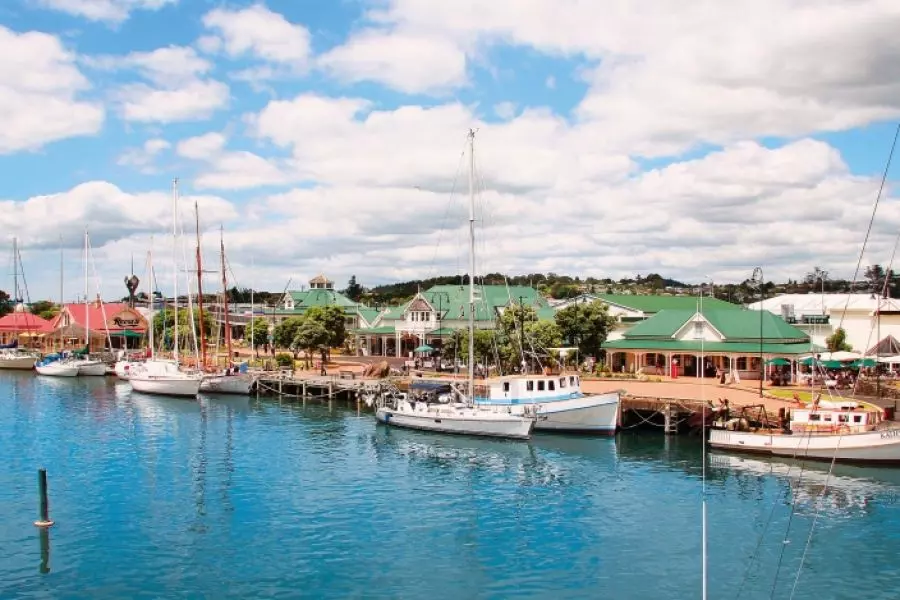News
Demand high in Whangarei

Monday 31st of July 2017
With its warm, temperate climate, friendly locals, thriving arts and culture scene and solid business infrastructure, Whangarei – New Zealand’s northern-most city - has lots to offer, especially to those investors who have lost hope of achieving their dream amidst the steadfastly upward trajectory of the Auckland property market, two hours’ drive away.
Indeed, the wint...
Want to read the full article?
Click the button below to subscribe and will have unlimited access to full article and all other articles on the site.
8 min read
10 min read






![[The Wrap] Bye Bye Bayly](https://goodreturns.publit.io/file/c_fill,w_900,h_600/39f23ac1-f7c7-4854-b700-a150004ebbac.webp)


